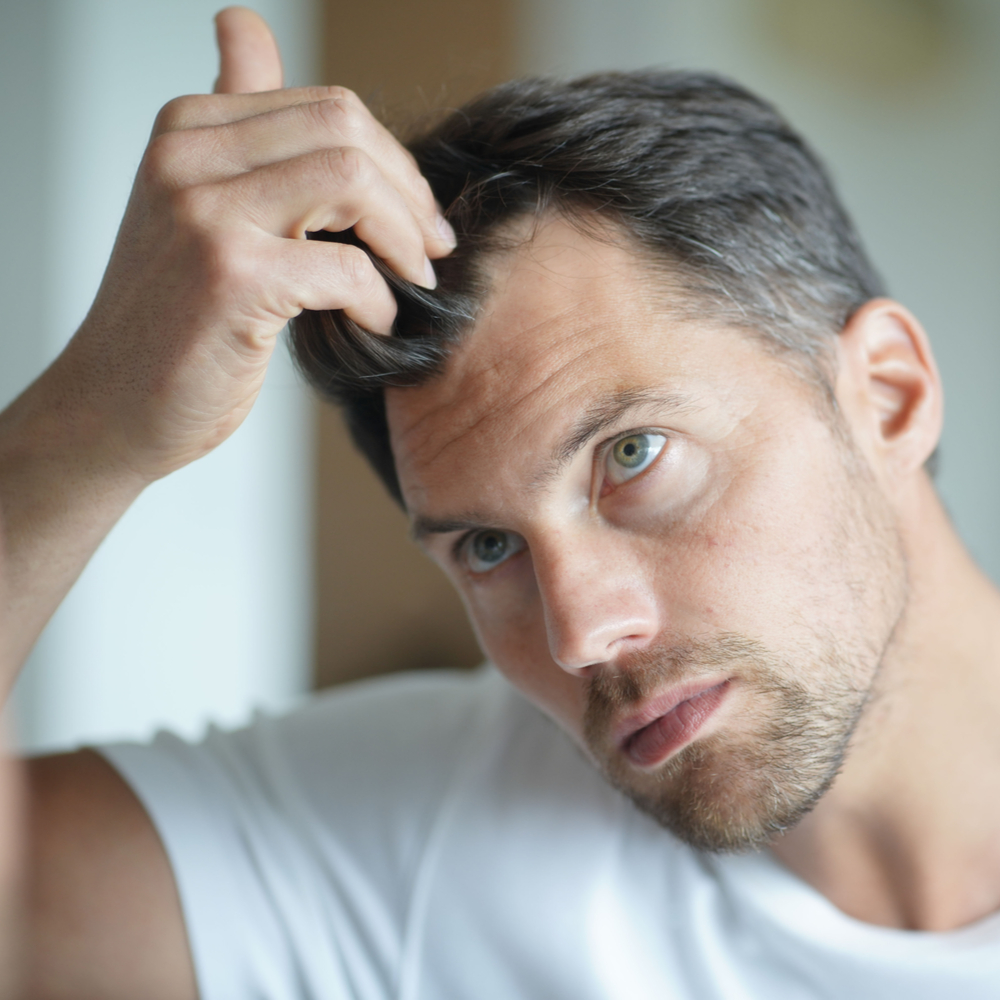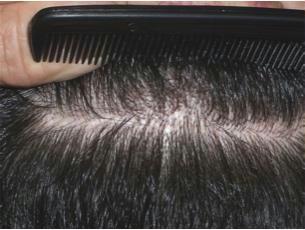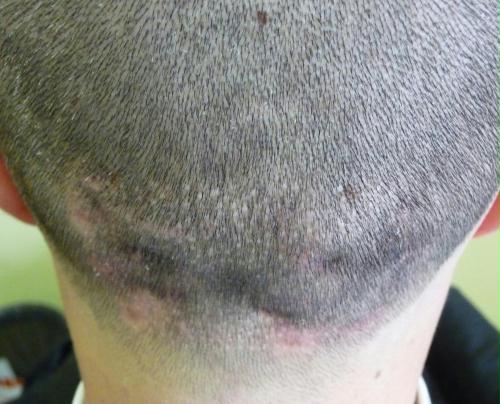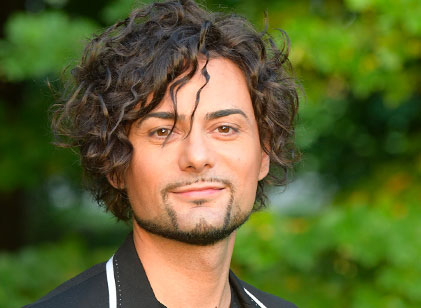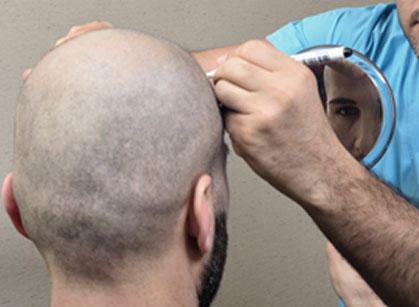Alopécie séborrhéique
Seborrheic hair loss is a form of premature hair loss that generally afflicts men in their youth (onset between 20 and 30 years of age), mainly affecting the frontal region and the crown. The cause, as the name of the condition suggests, is related to an excess production of sebum that provokes or accelerates hair loss.

 English
English  Italiano
Italiano  Português
Português  Español
Español 